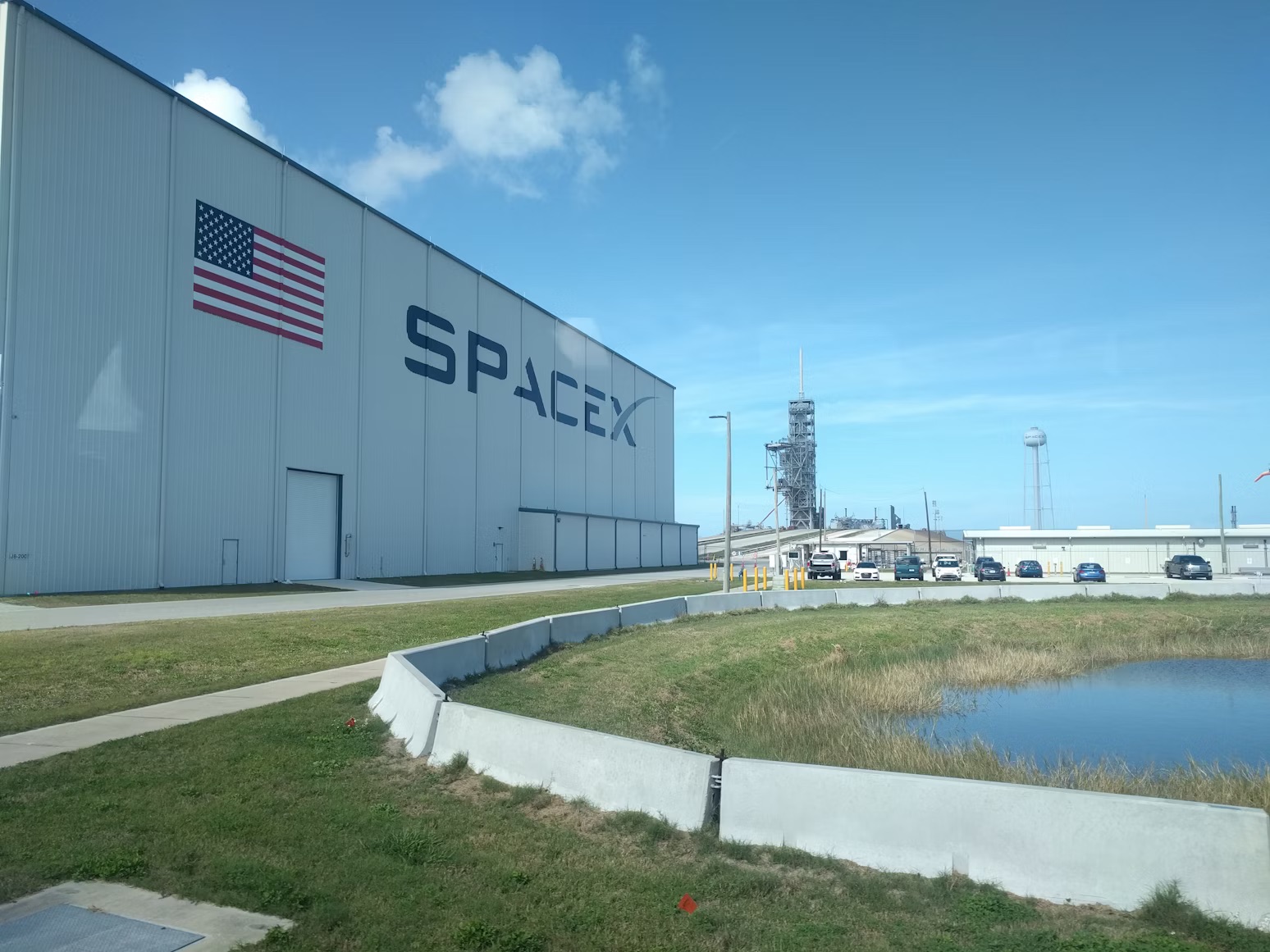
SpaceX has offered a rare glimpse into its Starlink factory in Redmond, Washington, revealing that the facility is capable of producing 70 satellites each week. In a video released Tuesday, just ahead of the company’s tenth Starship test flight, SpaceX executives highlighted how the assembly line has scaled up dramatically since 2020, when production topped out at 120 satellites per month.
That translates to roughly 3,640 satellites per year — a crucial capacity given SpaceX’s long-term goal of deploying nearly 30,000 Starlink satellites, pending regulatory approval from the Federal Communications Commission. Currently, the company is cleared to operate about 12,000 satellites.
Inside the Factory
The footage shows teams working on component production, satellite assembly, and final packaging. “At SpaceX, we iterate very fast and we have learned how to build satellites at the 70-satellite-a-week rate,” said Cornelia Rosu, senior director for Starlink production.
The video also revealed details about Starlink’s new laser-link technology. SpaceX has designed a “mini laser” capable of delivering link speeds up to 25Gbps across distances of 4,000 kilometers. These devices allow satellites to communicate directly with one another, reducing reliance on ground stations and enabling speeds of up to 200Gbps across the network.
According to SpaceX VP of Satellite Engineering Michael Nicolls, the mini lasers are also being developed for use by third-party satellites and space stations. One was recently tested successfully in orbit on a Starlink satellite.
Preparing for Starship Launches
The Redmond facility’s output is designed with Starship in mind. The company’s next-generation Starship rocket will be tasked with carrying the larger, more powerful V3 Starlink satellites into orbit. A demo reel released alongside the factory video showcased how Starship will deploy these new satellites.
For the upcoming tenth Starship test flight, SpaceX plans to carry eight Starlink simulators into space to test deployment systems. The launch window opens today at 6:30 p.m. CT (7:30 p.m. EST), after delays earlier in the week due to weather.
While Washington focuses on satellites, SpaceX also operates a factory in Bastrop, Texas, dedicated to producing the antenna dishes customers use to connect to the Starlink network. In March, the company revealed that this plant was producing 15,000 dishes every day.
Author’s Opinion
The glimpse inside the Redmond facility makes clear that SpaceX’s biggest edge in the satellite internet race isn’t just technology, but scale. The ability to build thousands of satellites a year gives the company a lead that rivals like Amazon’s Project Kuiper will struggle to match. The addition of mini lasers only strengthens the network’s resilience and speed, making Starlink harder to dislodge once it’s embedded globally. Critics often point to regulatory hurdles or technical risks, but at this pace, SpaceX is building a moat out of sheer production capacity.
Featured image credit: Jérôme Boursier via Unsplash
For more stories like it, click the +Follow button at the top of this page to follow us.
